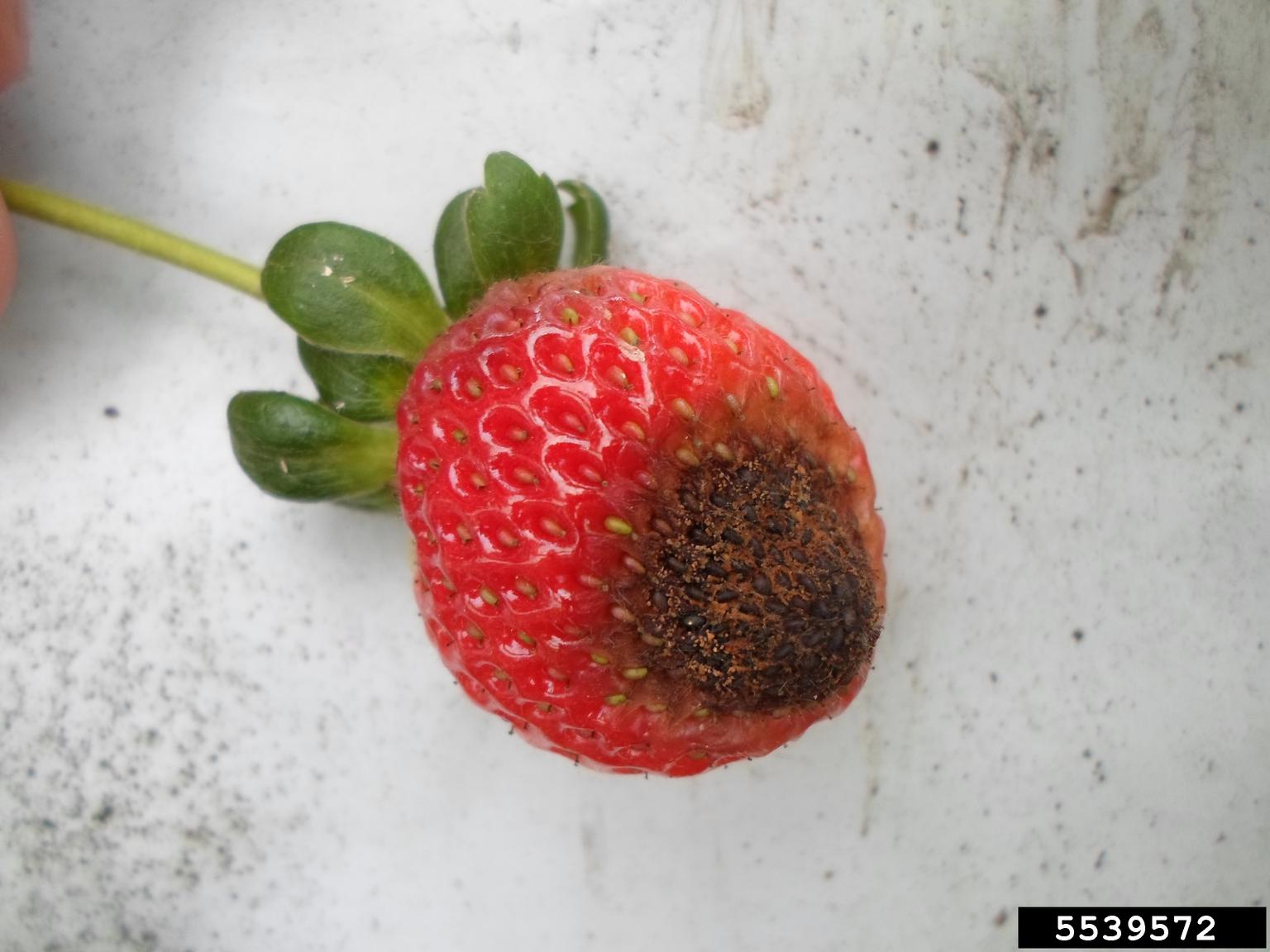Strawberries With Anthracnose – Treating Strawberry Anthracnose Disease


Anthracnose of strawberries is a destructive fungal disease that if left uncontrolled, can decimate entire crops. Treating strawberry anthracnose may not eliminate the disease entirely, but early attention can keep the problem in check.
Strawberry Anthracnose Information
Anthracnose of strawberries was once thought to be a disease of warm, humid climates, but the problem is becoming more widespread wherever strawberries are grown. The disease is usually introduced on infected strawberry plants. Once established, the fungus can live in the soil for several months. The fungus overwinters on dead leaves and other plant debris, and is harbored by several types of weeds. Although the spores aren’t airborne, they are distributed by splashing rain, irrigation, or by people and garden tools. Anthracnose of strawberries develops and spreads very quickly.
Signs of Strawberries with Anthracnose
Anthracnose of strawberries attacks nearly every part of the strawberry plant. If the crown of the plant is infected, usually showing rotted, cinnamon-red tissue, the entire strawberry plant may wilt and die. On fruit, signs of disease include pale brown, tan, or whitish lesions. The sunken lesions, eventually covered by pinkish orange spores, enlarge quickly to cover entire berries, which may gradually become black and mummified. Flowers, leaves, and stems may also display tiny masses of salmon-colored spores.
How to Treat Strawberry Anthracnose
Plant only disease-resistant cultivars. Be sure plants are healthy and disease-free when you bring them home from the nursery. Check your strawberry patch frequently, especially during warm, wet weather. Remove and destroy diseased plants as soon as they appear. Water at ground level whenever possible. If you must use sprinklers, water in the morning so the plants have time to dry before temperatures drop in evening. Don’t work in the strawberry patch when plants are wet. Mulch the planting area with straw to help minimize splashing water. Avoid overfeeding, as too much fertilizer can make strawberry plants more susceptible to disease. Remove old, infected plant debris, but be careful about working in the area when infections are present. Keep garden tools clean to prevent spread of disease to non-infected areas. Keep weeds in check, as certain weeds harbor the pathogen that causes strawberries with anthracnose. Practice crop rotation. Don’t plant strawberries or other susceptible plants in an infected area for at least two years. Fungicides may be useful if applied at the first sign of disease. Your local cooperative extension office can provide specifics about use of fungicides in your area.
Sign up for the Gardening Know How newsletter today and receive a free copy of our e-book "How to Grow Delicious Tomatoes".

A Credentialed Garden Writer, Mary H. Dyer was with Gardening Know How in the very beginning, publishing articles as early as 2007.